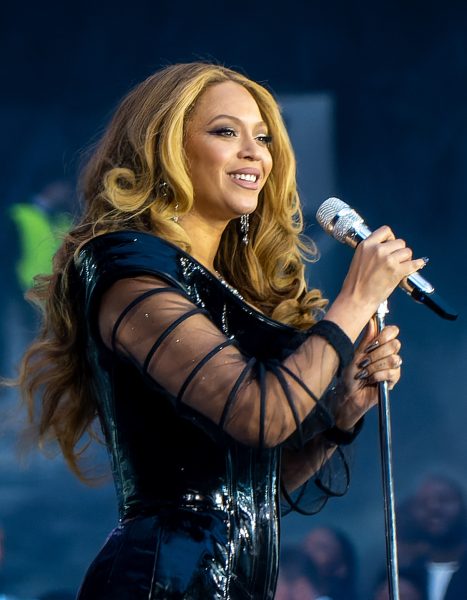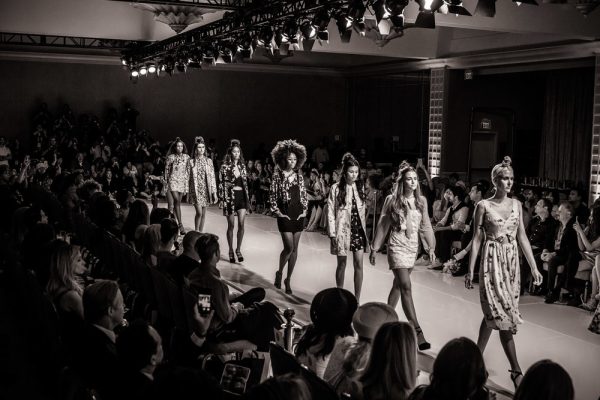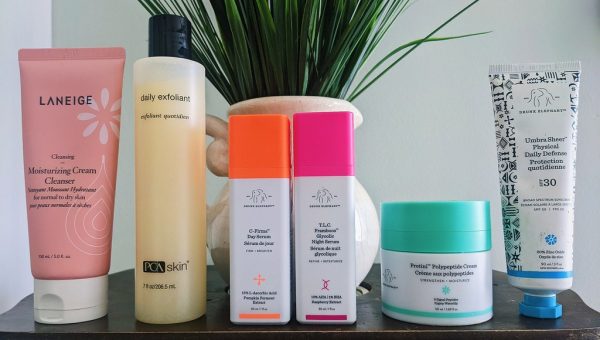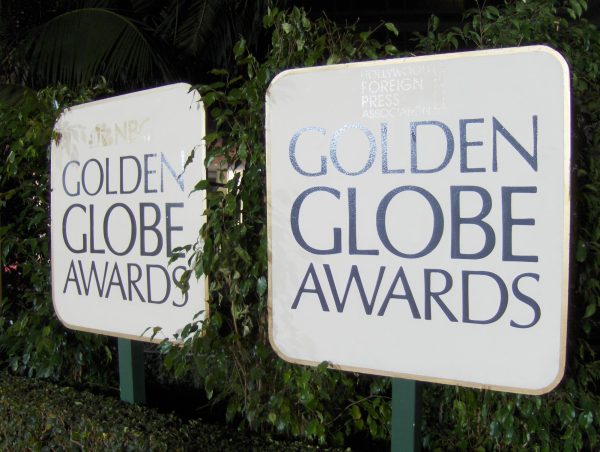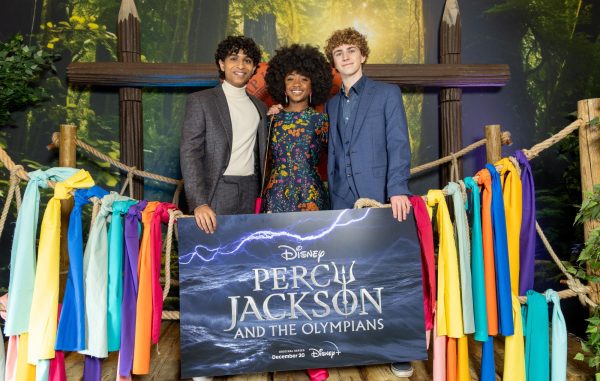Natural Hair: the New Trend
Curly hair is one of nature’s most exquisite creations; how hair can grow out of one’s scalp in perfect ringlets and have large amounts of volume can be hard to wrap your head around. Hair has a lot of cultural significance in our modern society, now more than ever girls with natural curls are wearing their hair naturally.
Today, many influential women like Solange Knowles, and Lupita Nyong’o rock their natural hair and defy Eurocentric beauty standards. When people in the media wear their natural hair, has inspires more people to ditch harsh chemicals and heat, in order to take advantage of their natural curls. Eurocentric ideas of beauty are slowly fading and allowing people of color to feel beautiful in their curly hair.
However, many high profile celebrities with curly or coily hair like Beyoncé Knowles, Zendaya, and Michelle Obama do not wear it the way it is naturally. This stems from a long history of prejudice against people with curly/coily hair, primarily black women.
The texture of a person’s hair starts at their follicle. According to National Geographic, an asymmetrical hair follicle causes more protein to be laid onto one side of the hair shaft, causing ringlets of hair to form. People with straight hair have a symmetrical follicle, and the curlier/coilier one’s hair gets, the more asymmetric the hair follicle is.
For decades, women wearing both their natural hair and styling it the way they want has been criticized. Earlier this January, an Afro-Latina singer called Amara La Negra was criticized by a high profile music producer for wearing her hair out in a natural afro. During the eighteenth century, colonists horribly described coily hair as being “closer to sheep wool” than to human hair, according to New York Times. In the past black people in the U.S who had more “European features” were generally treated better than those with darker skin and more textured hair. After emancipation in the 1800’s, people straightened their hair in order to be accepted socially and into the American workforce. In the early twentieth century, people began to chemically straighten their locks, wearing wigs, which was later found to be dangerous. But finally, during the civil rights movement in the 1960’s, people began to wear their natural hair as afros and braids as a political statement and a symbol of black power.
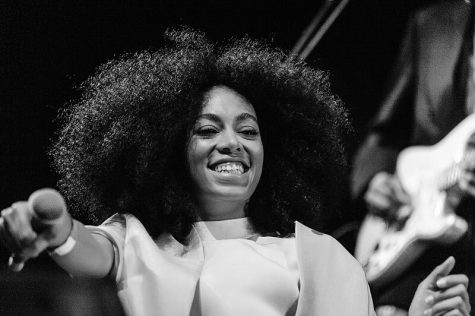
Until recently, according to New York Times, U.S soldiers were not permitted to wear braids, cornrows, and twists, and they were told to wear their hair up in a bun until recently. These rules were incompatible coily hair, clearly neglecting the women of color who served in the army.
Thankfully, women are not getting told to do things with their curly hair as much as they used to, due to diversity and a less racially charged social atmosphere. In fact, less women are using hair relaxers than ever, according to the Washington Post. Hair relaxers are harsh chemicals added to hair which makes the hair straight. According to the National Library of Medicine, they contain strong bases which can cause chemical burns, dandruff, and hair loss.
When asked if she ever felt pressure to have straight hair, Melanie Gichane, a freshman at Wilcox with curly hair, added, “I guess it is just one of those things that I’ve known since I was younger, to have straight hair, because I was surrounded by people with straight hair, and I didn’t have that. I kind of wanted to fit in.” She continued, “Long, straight hair is viewed as feminine and, like, fashionable, but it feels really cool to have short, curly hair, and still feel feminine.”


